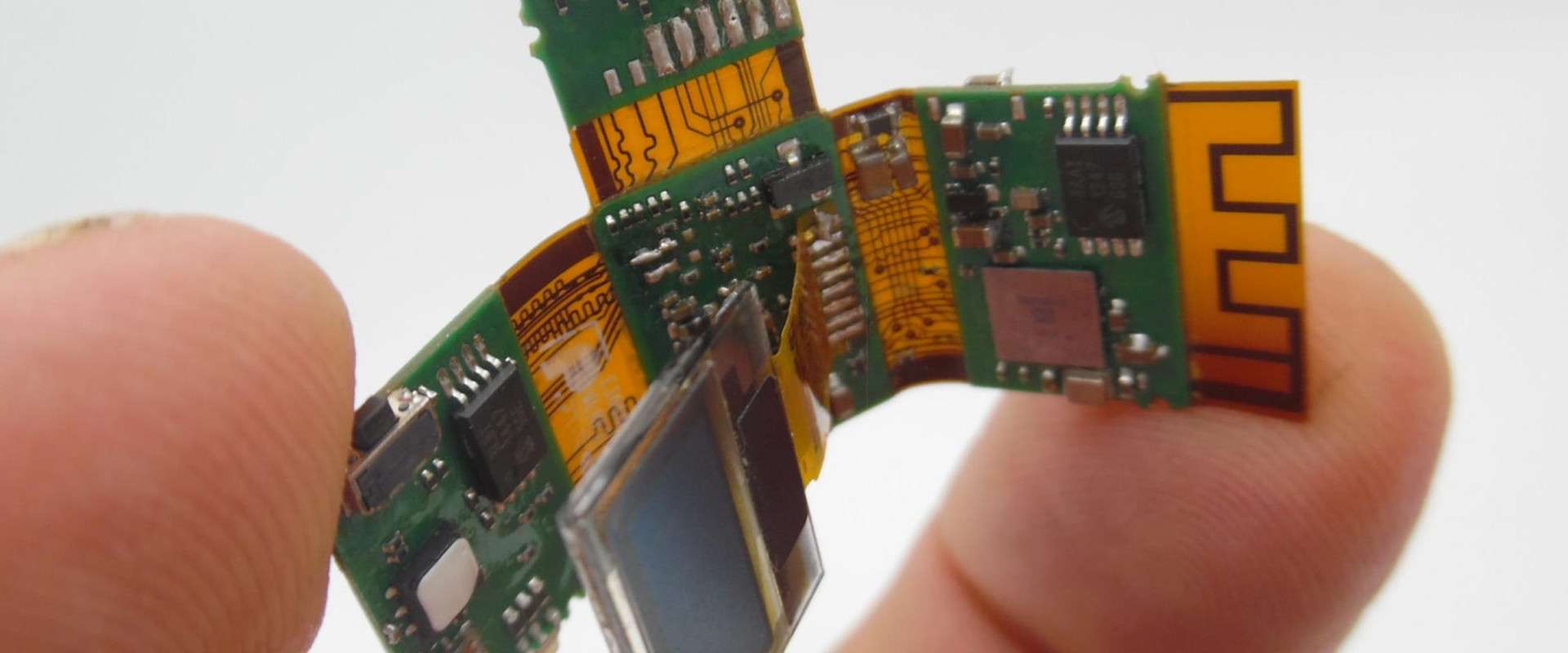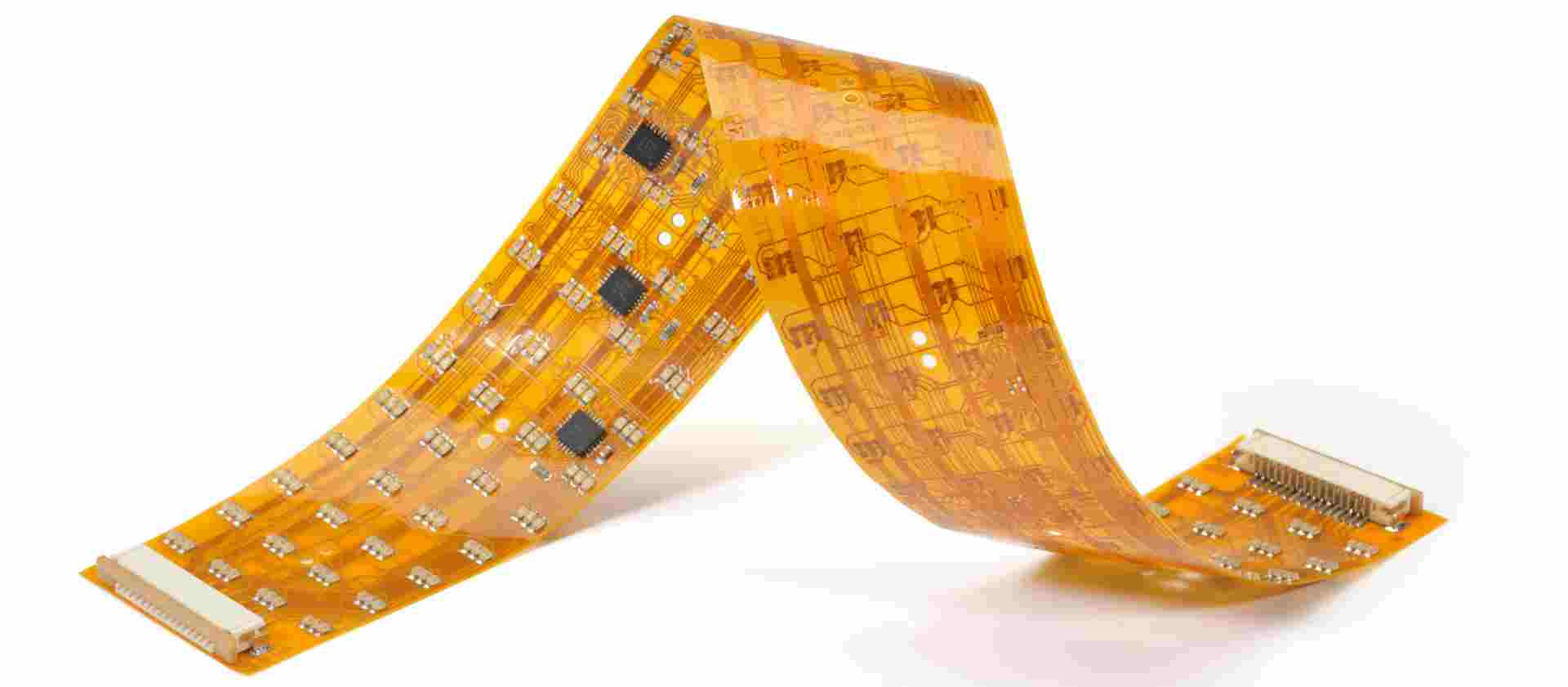
ALL ABOUT FLEX PCB
-
 Read more: Flex Circuit Fabrication: Materials, Processes and Applications
Read more: Flex Circuit Fabrication: Materials, Processes and ApplicationsIntroduction Flex circuits, also known as flexible printed circuits (FPCs), are a type of printable electronic interconnect component used to connect electronic devices. Flex circuits provide similar functionality to rigid printed circuit boards (PCBs) but have the ability to flex and bend. This flexibility allows them to be used in […]
-
 Read more: Optimizing Flex PCB Designs with Altium Layer Stacks
Read more: Optimizing Flex PCB Designs with Altium Layer StacksIntroduction Flex PCBs (flexible printed circuit boards) are a critical technology that enables flexible circuits and connections in modern electronic devices. As products continue getting smaller and more portable, flex PCBs have become indispensable for smart wearables, folded displays, and devices with moving parts. However, flex PCB design brings unique […]
-
 Read more: Polyimide Flexible Printed Circuits: Materials, Fabrication, and Applications
Read more: Polyimide Flexible Printed Circuits: Materials, Fabrication, and ApplicationsIntroduction to Flexible Printed Circuits Flexible printed circuits (FPCs) are electrical interconnectors made from flexible materials like polyimide that can be bent, folded or twisted to fit into tight or dynamic spaces. They provide electrical connections between components in flexible and wearable electronics, medical devices, aerospace systems and more. Compared […]
-
 Read more: Semi Rigid Flex PCBs: An Overview of Design and Manufacturing
Read more: Semi Rigid Flex PCBs: An Overview of Design and ManufacturingIntroduction to Semi Rigid Flex PCBs A semi rigid flex PCB is a type of printed circuit board that combines rigid and flexible materials to create a hybrid design. These boards provide the benefits of both rigid boards, like stability and ease of assembly, along with the advantages of flex […]
-
 Read more: Rigid Flexible Printed Circuit Boards: Design, Manufacturing and Applications
Read more: Rigid Flexible Printed Circuit Boards: Design, Manufacturing and ApplicationsIntroduction A rigid flexible printed circuit board (rigid flex PCB) combines rigid and flexible circuit boards into a single structure. Rigid sections provide mechanical support while flexible sections allow dynamic flexing, twisting and bending. This enables rigid flex PCBs to fit into tight spaces and complex form factors. They are […]
-
 Read more: Rigid Flex Assemblies: A Guide to Design and Manufacturing
Read more: Rigid Flex Assemblies: A Guide to Design and ManufacturingOverview of Rigid Flex Circuits A rigid flex assembly is a type of printed circuit board that consists of rigid and flexible substrates laminated together into a single structure. The rigid sections provide mechanical support while the flexible sections allow dynamic flexing and movement. Rigid flex assemblies provide solutions for […]
-
 Read more: Led Flexible Pcb – A Revolution in Circuit Board Technology
Read more: Led Flexible Pcb – A Revolution in Circuit Board TechnologyIntroduction Printed circuit boards (PCBs) form the backbone of all electronic devices and equipment. From smartphones to medical devices to space satellites, PCBs provide the necessary electrical connections between components that allow the overall system to function. While traditionally rigid, new flexible PCB (FPCB) technology is enabling smaller, lighter, and […]
-
Understanding Flex PCB Layer Stacks
Posted by
–
 Read more: Understanding Flex PCB Layer Stacks
Read more: Understanding Flex PCB Layer StacksIntroduction to Flex PCBs A flex PCB, also known as a flexible printed circuit board, is a type of PCB that can bend and flex. Flex PCBs are made from flexible materials like polyimide instead of rigid materials like FR4. This allows them to be folded, twisted, and shaped to […]
-
 Read more: Rigid-Flex Design: Combining Rigid and Flexible PCBs for Optimal Performance
Read more: Rigid-Flex Design: Combining Rigid and Flexible PCBs for Optimal PerformanceIntroduction to Rigid-Flex PCBs Rigid-flex PCBs, also known as flex-rigid PCBs or flex circuits, combine rigid and flexible circuit boards into a single assembly. They provide solutions for applications that require: Rigid-flex PCBs allow the rigid sections to provide mechanical support and mounting surfaces, while the flex sections interconnect the […]
-
 Read more: Ultra Thin Flexible PCBs: The Future of Electronics Design
Read more: Ultra Thin Flexible PCBs: The Future of Electronics DesignIntroduction Printed circuit boards (PCBs) are the backbone of modern electronics. They provide the foundation on which components are mounted and interconnected. Traditionally, PCBs have been made from rigid fiberglass. However, new materials and manufacturing techniques have enabled a new generation of ultra thin flexible PCBs that open up exciting […]




